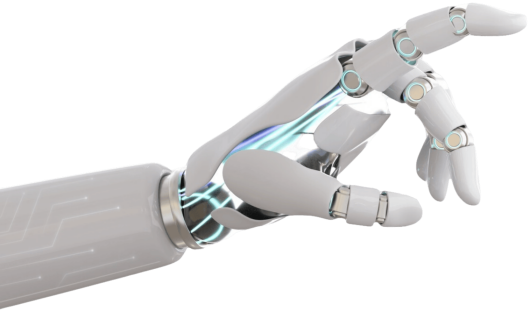
In controller design, linear PID controllers have something of a dilemma relationship: a fast response requires large gains, which in turn, give rise to a large overshoot. For this reason, a variety of feedback control forms and related tuning methods have been implemented to guarantee satisfactory performance. Recently, multiple studies which introduce nonlinearities into the structure of the standard PID controller have been performed to solve this conflicting relationship. This study proposes an EA-based nonlinear PID controller with a first-order filter added to the derivative action to achieve the desirable quick response with low overshoot. This is realized by introducing a new type of nonlinearities in the controller gains that are time-varying functions in terms of the error and/or error rate. In addition, the nonlinear controller is designed by considering a saturation element. Then, the parameters of the nonlinear PID controller are optimally tuned by an evolutionary algorithm. In tuning the nonlinear PID controller gains, the integral of time-weighted absolute error is used as the performance evaluation of the overall control system. A set of simulation works performed on two processes with actuator saturation shows the feasibility of the proposed method.
*This paper is an extended version of the paper called “GA-Based Design of a Nonlinear PID Controller and Application to a CSTR Process”, published in Journal of the Korean Society of Marine Engineering (JKOSME), 2015, Vol. 39, No. 6, pages: 633-641, DOI: 10.5916/ jkosme.2015.39.6.633. In the current paper, a novel control method has been used so that each nonlinear timevarying gain can be achieved by multiplying the fixed gain and the scaled error by a nonlinear function and apply it at the controlled object with time delay.
Nonlinear PID controller, Nonlinear functions, Saturation, Evolutionary algorithm, ITAE.
Gun-Baek SO, "EA-Based Design of a Nonlinear PID Controller Using an Error Scaling Technique*", Studies in Informatics and Control, ISSN 1220-1766, vol. 28(3), pp. 279-288, 2019. https://doi.org/10.24846/v28i3y201904